- 02 9712 1736
- [email protected]
- 212 Great North Road, Five Dock, NSW 2046
- Open 7 days a week
What is Sever’s disease? It is a condition that causes heel pain in active children, typically aged 8 to 14. It is a result of inflammation of the heel’s growth plate and is often aggravated by physical activities such as running and jumping. This article will help you understand its symptoms, causes, and treatment options.
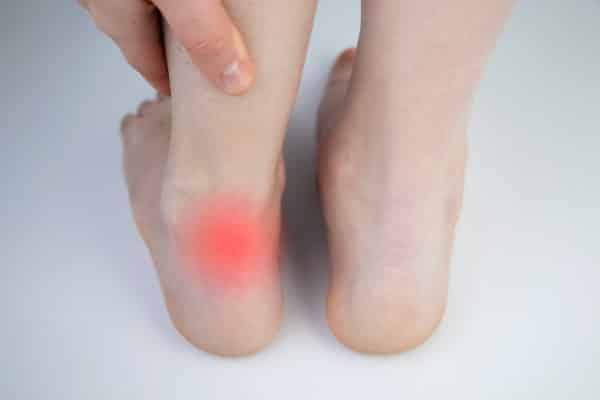
Sever’s disease involves inflammation of the growth plate in the heel, specifically at the back of the heel where the Achilles’ tendon attaches to the heel. It is a condition that frequently affects active children between the ages of 8 and 14. The medical term calcaneal apophysitis is synonymous with Sever’s disease. The pain from Sever’s disease typically worsens with physical activity, making it particularly troublesome for children who enjoy sports and other vigorous activities.
This condition is most commonly seen in children who participate in activities that involve a lot of running and jumping, such as soccer, basketball, and gymnastics. These high-impact activities place repetitive stress on the heel, exacerbating the inflammation and resulting in significant discomfort. The diagnosis of Sever’s disease relies heavily on clinical evaluation rather than imaging, making a thorough physical examination by a healthcare provider essential.
Understanding Sever’s disease is the first step in recognizing and addressing this common cause of heel pain in growing children. Awareness of contributing activities and symptom presentation allows parents and caregivers to take proactive steps to manage and alleviate their child’s pain.
The most telling sign of Sever’s disease is heel pain, which can occur in one or both heels and typically worsens with activity and improves with rest. This pain often emerges during or after physical activities and can become so severe pain that it may cause a noticeable limp in your child. Boys aged 8 to 14 are particularly susceptible, with incidence rates being 2 to 3 times higher than in girls of the same age.
In addition to heel pain, other symptoms include tenderness at the back of the heel, mild swelling, and redness in the affected area. These symptoms are often exacerbated by activities like running, jumping, and playing sports on hard surfaces. While the pain is most intense during activity, it often becomes less severe with rest, providing temporary relief for the child.
If you notice these descriptions match your child’s symptoms, it is crucial to take them seriously and seek a professional evaluation from your child’s doctor. Early identification and intervention can help manage the condition effectively and prevent it from worsening. Ensuring your child receives the appropriate care and support they need to recover and continue their activities without pain is an important first step.
Sever’s disease typically occurs during periods of rapid growth in children. This growth spurt increases the vulnerability of the heel’s growth plate to injury and inflammation. The growth plate, which is the area of developing tissue at the ends of long bones, is weaker and more prone to injury during these times of rapid change.
A significant contributing factor to Sever’s disease is a tight Achilles tendon, which can add stress to the growth plate of the heel. Activities that involve repetitive stress, such as running and jumping, especially on hard surfaces, elevate the risk of developing this condition.
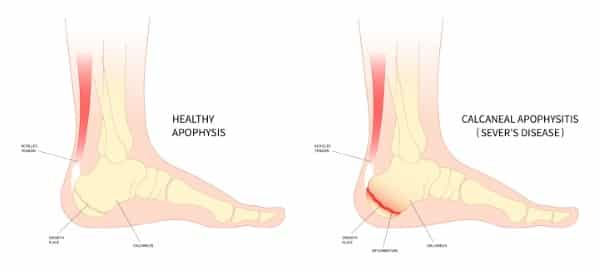
Diagnosing Sever’s disease primarily involves evaluating the symptoms and examining the foot. The typical symptoms and the appearance of the heel play a crucial role in identifying this condition. During a clinical examination, a healthcare provider will look for tenderness at the back of the heel and may ask about the child’s recent activities and pain patterns.
Although an x-ray may be ordered to rule out other conditions such as fractures, it is rarely needed to diagnose Sever’s disease. Blood tests or other imaging studies are also seldom required. The condition is primarily diagnosed based on the child’s symptoms and the physical examination findings, with Sever’s disease diagnosed through these observations.
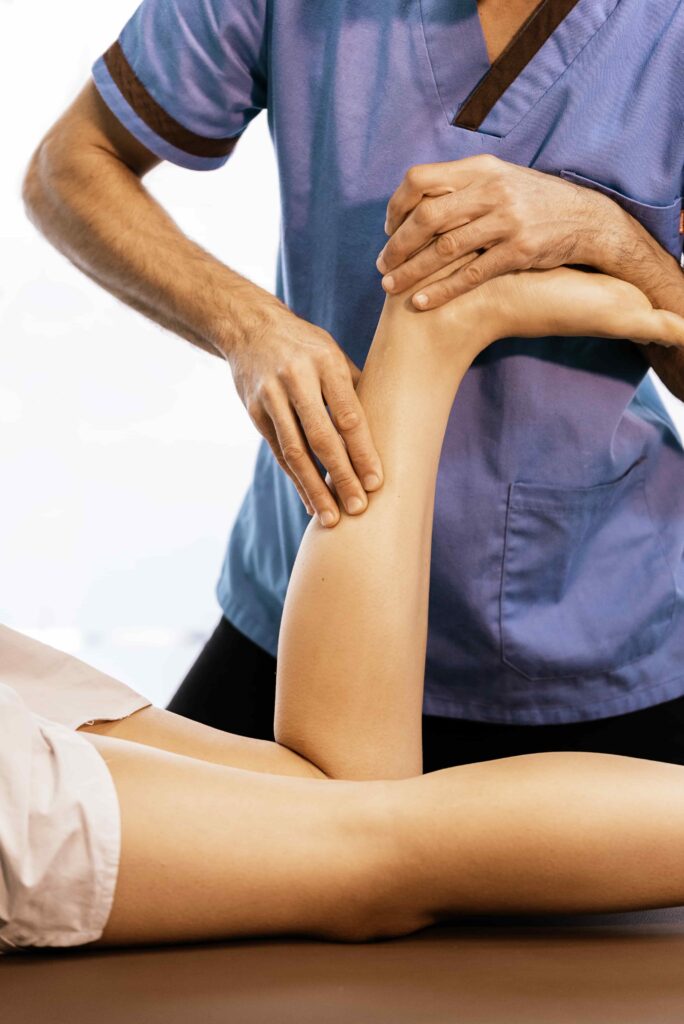
Rest is one of the most critical components in alleviating the discomfort associated with Sever’s disease. Encouraging your child to take breaks from high-impact activities can significantly reduce the inflammation and pain. Applying cold packs to the heel after activities can also help prevent inflammation and provide immediate pain relief.
Physical therapy can be very beneficial when addressing musculoskeletal conditions such as Sever’s disease. Your child’s physical therapist will provide your child with calf stretching and strengthening exercises, which can aid in recovery by reducing the stress on the heel. Nonsteroidal anti-inflammatory drugs (NSAIDs) can also be beneficial in managing pain and inflammation.
Supporting your child through Sever’s disease involves a combination of physical therapy, home care, and emotional support.
Ongoing physical therapy may be necessary to support your child’s musculoskeletal health as they continue growing. Reminders to perform their prescribed exercises dutifully will ensure for faster recover. Applying ice for 20 minutes daily can help decrease inflammation in the affected area. It is also essential to provide emotional support and reassurance to your child during this time. Explaining that the pain will disappear when their heel bones stop growing can help them understand that this is a temporary condition. Encouragement and understanding from parents and caregivers can make the recovery process less daunting for the child.

The long-term outlook for children with Sever’s disease is generally positive. The condition usually resolves as the growth of the heel bone finishes. Most children recover without any long-term issues, and the pain typically disappears once the growth plate in the heel has matured.
The typical duration for Sever’s disease to resolve is about 2-3 years, though this can vary depending on the child’s activity level and the severity of the condition. Recurrence is common with increased sports activity, but it typically resolves upon reaching skeletal maturity. A gradual return to sports activities is recommended once symptoms of pain have resolved.
Preventing Sever’s disease involves a combination of proper footwear, regular stretching, and modifying physical activities. Even less active adolescents can develop Sever’s disease if they are wearing ill-fitting shoes while engaging in the occasional high-impact activities.
Wearing well-fitting shoes with cushioned soles can provide the necessary support to the heel and reduce the risk of developing the condition. Footwear that lacks adequate support can contribute to heel pain, making it crucial to choose the right shoes for your child.
Regular stretching before and after physical activities is essential to prevent Sever’s disease. Stretching maintains the flexibility of the Achilles tendon and calf muscles, reducing stress on the heel. This simple routine can significantly lower the risk of injury and inflammation.
Reducing high-impact activities that involve repetitive stress on the heel, such as running and jumping on hard surfaces, can also help prevent Sever’s disease. Encouraging your child to engage in a variety of activities that do not put constant strain on the heel can be beneficial.
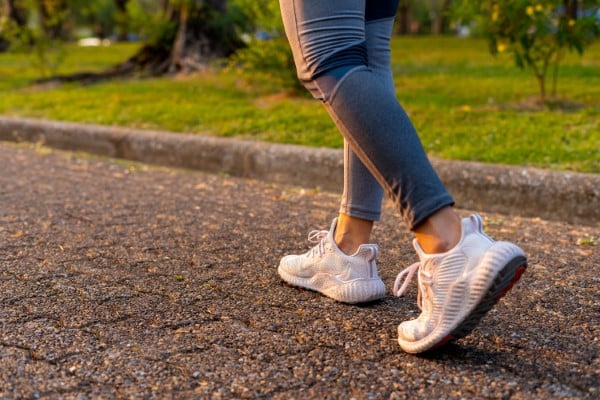
Sever’s disease, though painful and disruptive, is a manageable condition that predominantly affects growing, active children. Understanding the symptoms, causes, and treatment options is crucial for parents and caregivers to provide effective support and care. Early diagnosis and intervention can significantly alleviate the discomfort and prevent the condition from worsening. While Sever’s disease can be a challenging condition to manage, it is temporary and typically resolves without long-term issues. With the right knowledge and proactive measures, parents can help their children navigate through this condition and continue to enjoy their favourite activities pain-free.
Forest Lodge, Annandale, Glebe, Leichhardt, Balmain, Haberfield, Canada Bay, Rozelle, Rodd Point, Wareemba, Stanmore, Petersham, Lilyfield, Hunters Hill, Enfield, Cabarita, Mortlake, Rhodes, Burwood Heights, Birchgrove, Gladesville, Huntleys Point, Abbotsford, Ashfield, Croydon Park, Croydon, Chiswick, Russell Lea, Burwood, Strathfield, Concord, Drummoyne, North Strathfield, Liberty Grove, Dulwich Hill, Lewisham, Camperdown, Ashbury, Homebush, Homebush West, Woolwich, Henley, Summer Hill, Sydney Olympic Park
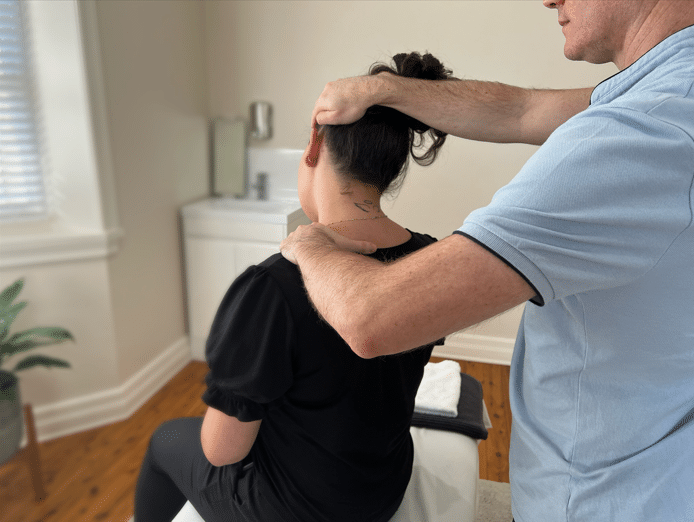
About
Five Dock Osteopathic & Chiropractic is located in Canada Bay, in Sydney’s Inner West. Servicing suburbs including Burwood, Croydon, Drummoyne, Five Dock, Haberfield, Concord, Abbotsford, Chiswick, Leichhardt, Wareemba, Russell Lea, Summer Hill, Strathfield.
Clinic hours
Monday, Tuesday, Thursday 7AM – 7PM
Wednesday, Friday 7AM – 6PM
Saturday 7AM – 2PM
Sunday 8AM – 2PM
Contact details